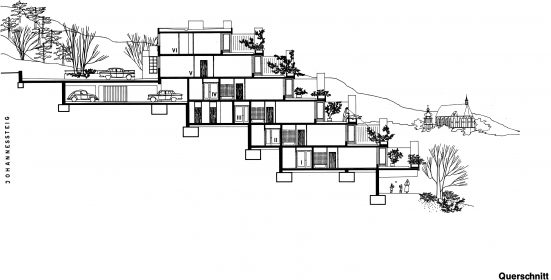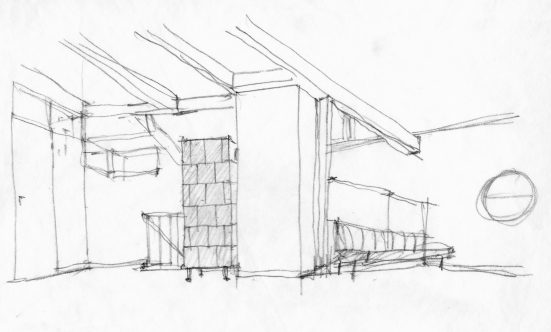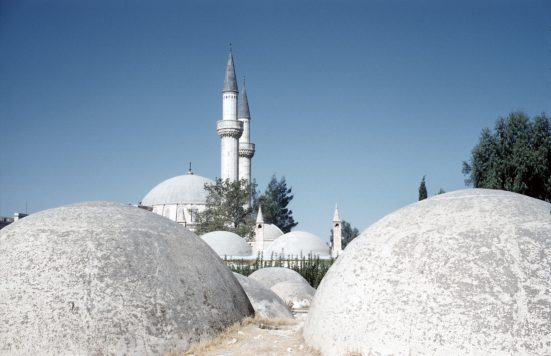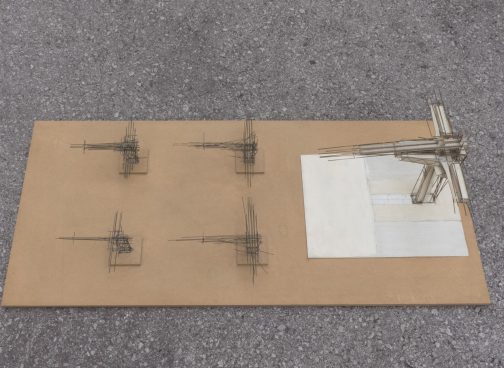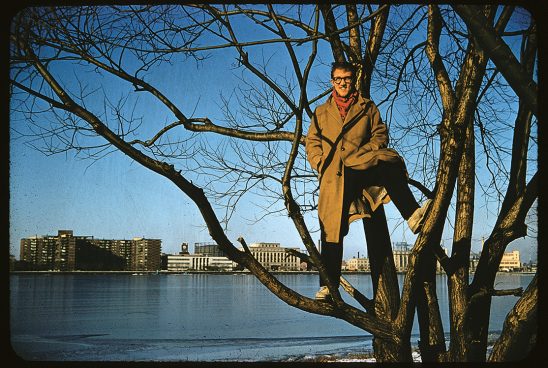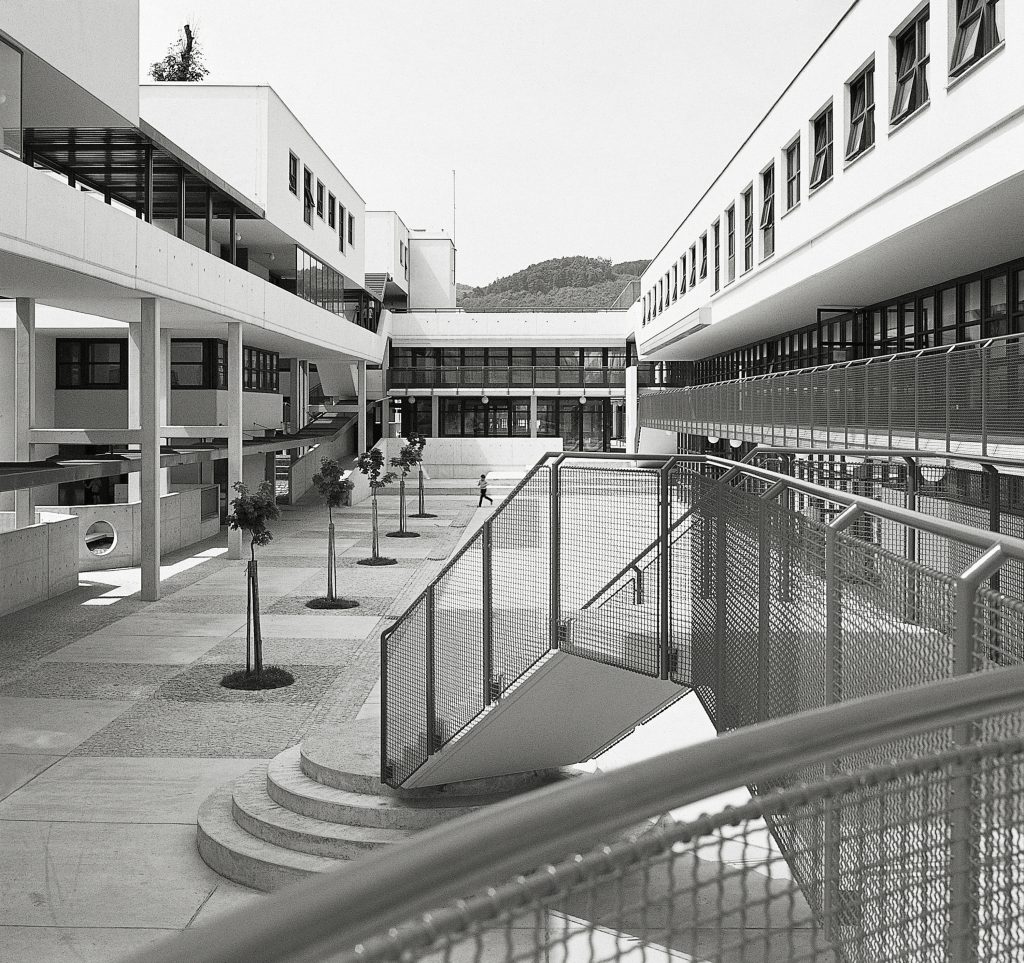
Anton Schweighofer, Stadt des Kindes, 1140 Vienna, 1969–1974, looking along the circulation axis
© Architekturzentrum Wien, Collection, photograph: Barbara Pflaum
The demolition of Anton Schweighofer’s "Stadt des Kindes" shocked the general public. Despite demonstrations of solidarity and a number of protests it was not possible to prevent the destruction of the most important socio-educational concept from the 1970s in Vienna.
As an educational reform project of the Second Republic the “Stadt des Kindes” took an innovative approach and, in contrast to the usual kind of “closed residential homes”, offered children and young people a form that was “open”, also in architectural terms. Designed by Anton Schweighofer as an ideal city, this complex was organised around a linear street space. Alongside the dwelling units and family houses the infrastructure provided a wide range of facilities (including a swimming pool, theatre and gymnasium), which could also be used by the general public, allowing a connection to the urban surroundings to be made.
Closure and Partial Demolition
The “Stadt des Kindes” was closed in 2002. In August 2008 work on the partial demolition started. The Architekturzentrum Wien commissioned a comprehensive photographic documentation and, through emergency rescue operations carried out on site by the Az W itself, it was possible to secure some of the fittings and furnishings for the collection.

